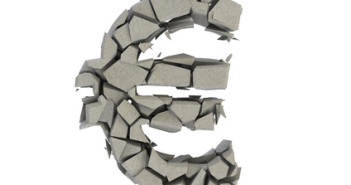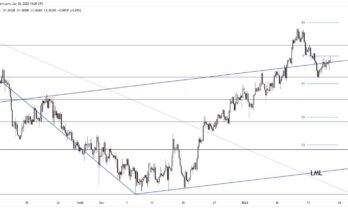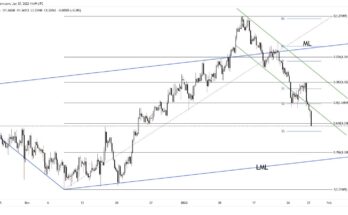The euro is coming under some pressure early on during the European trading session, but this follows from what has been a relatively strong performance, which saw EURUSD push more than 2 year highs at the end of last week. There have been two principle drivers to this move. Firstly, the ECB last week gave no strong indications that further easing was on the cards at their monthly press conference. Secondly, the depreciation of the Chinese yuan has seen the euro benefit on the perception that the central bank is shifting reserves away from the dollar.
Now, we cannot know this for certain, because the PBOC don’t publish data on reserves to that level of detail. But other signs, such as large reduction of US government bond holdings by China in the latest official US data, suggest something along these lines is taking place. There have been other periods when the euro has benefited from such reserve diversification moves. Being the second most liquid currency after the dollar, it is not that surprising to see the euro benefit and if China continues to push its currency lower, this could easily provide further support for the single currency.
Besides the euro, the overnight session has been relatively muted. We’ve see the Aussie regain its balance from an earlier wobble on weaker than expected business confidence data and there were no surprises from the latest Bank of Japan meeting, where the current pace of QE was kept in place ahead of the consumption tax increase next month which is expected to see growth correct lower. USDJPY remains pretty range bound, but taking into account the above, EURJPY is looking far more interesting, with potential to move back to the year-end highs just above 145.00 should the current drivers of euro strength remain in play.
Further reading:
China
UK Manufacturing Production rises 0.4% – GBP/USD makes a dead cat bounce



